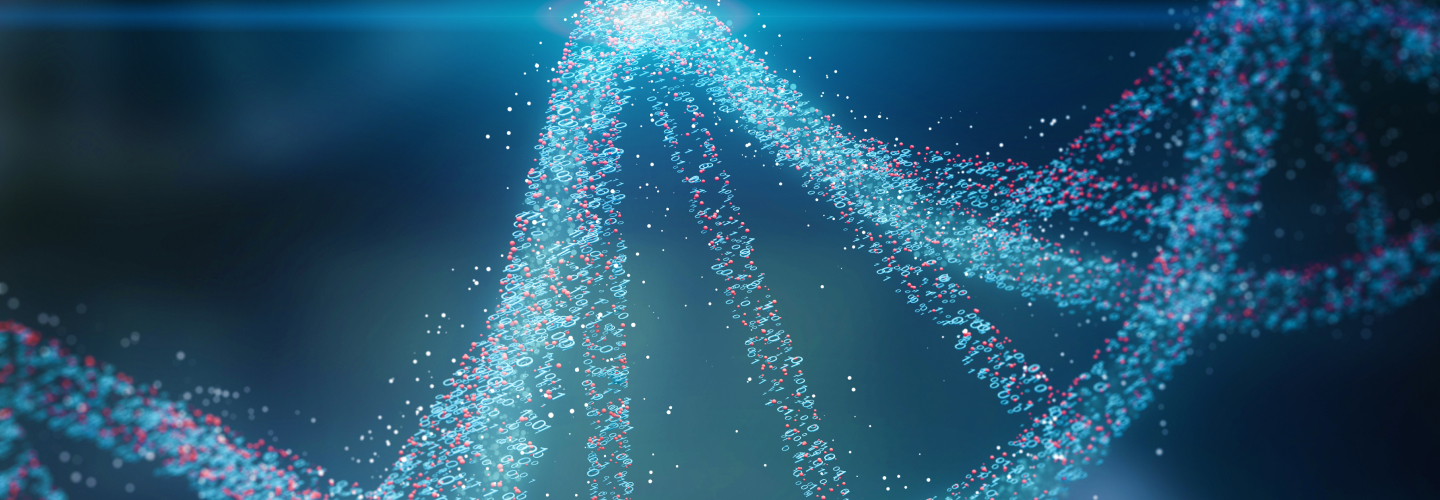Microplastics, from the beads that were once commonplace in cosmetics to the weathered and broken-down remnants of trash, are now ubiquitous in marine and inland waters around the world. To date, though, scientists have struggled to identify which plastics persist longest in the environment and measure their abundance, especially at the smaller end of the size range where they’re most likely to be consumed by foundational species near the bottom of the food web, like zooplankton. Read more
Related Posts

Maine’s first mobile biolab starts tour of rural schools in Fort Kent
FORT KENT, Maine — Fort Kent middle schoolers are the state’s first students to learn at the newly unveiled Maine Mobile Biolab, a 50-foot,...

UMaine Augusta’s $1.75M medical lab training facility doubles student capacity
Anew medical lab training facility on the campus of University of Maine Augusta is nearly six times larger than an off-campus space...

UNE receives grant to research state-threatened animal
The University of New England has received a grant from the Maine Department of Inland Fisheries and Wildlife to study one...
